If you enjoy these videos consider buying one of my eBooks from my shop
Reading in position:
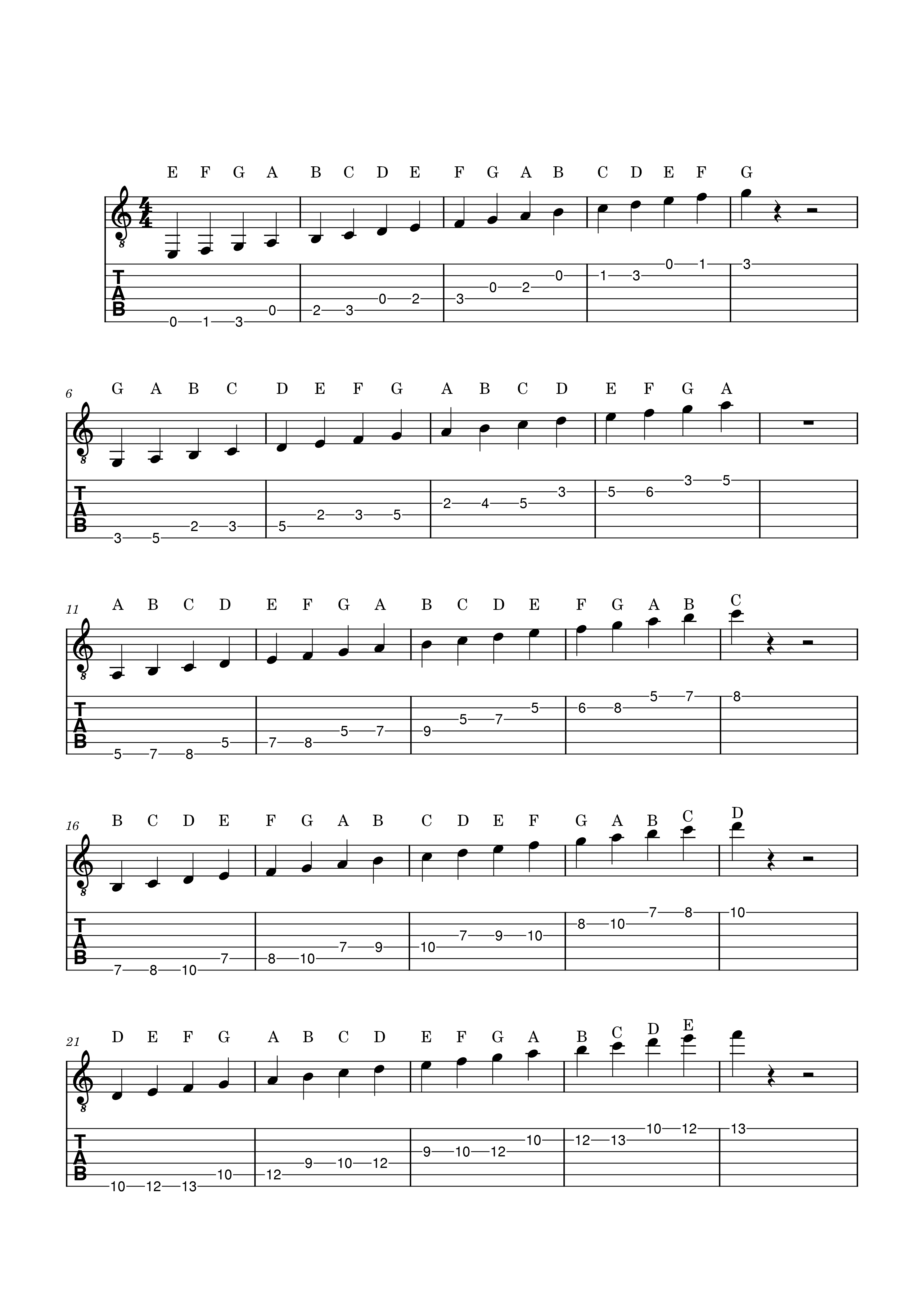
Reading examples (each line corresponds to a position above):
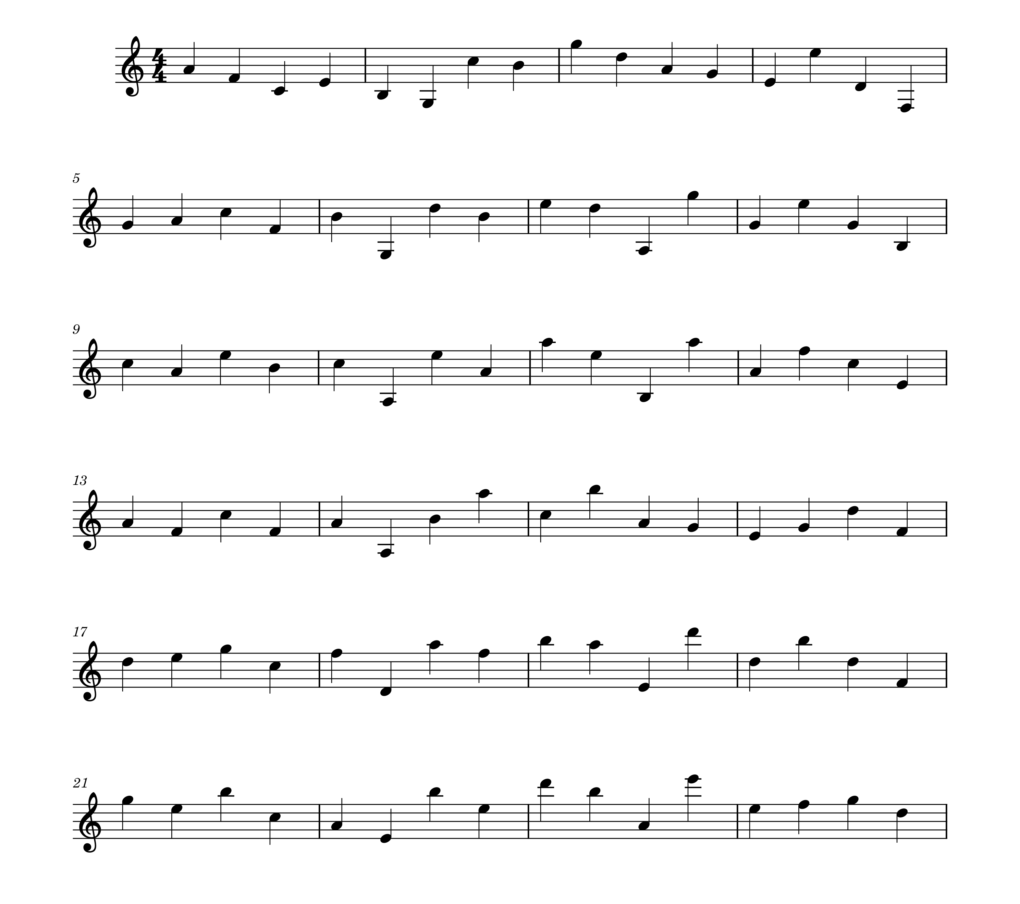
Natural notes down a string:

Keys:
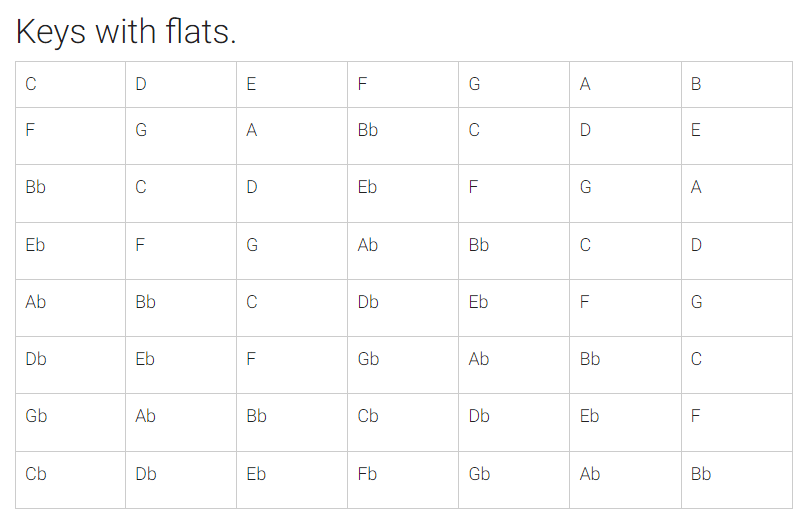
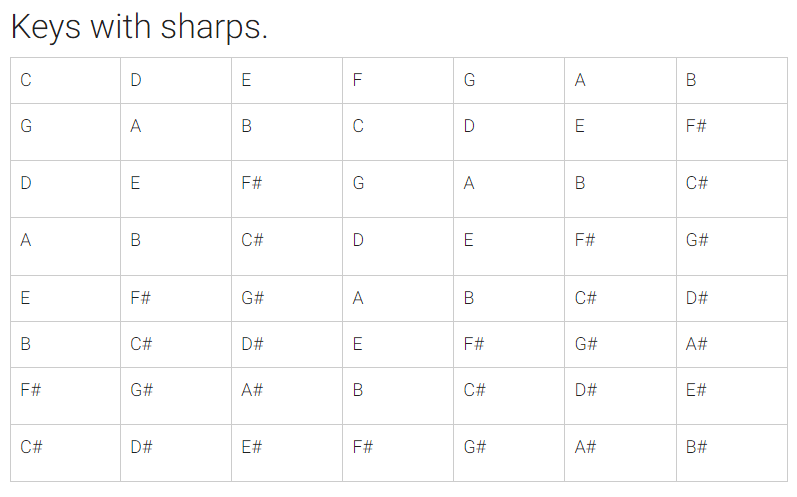
If you enjoy these videos consider buying one of my eBooks from my shop
Reading in position:

Reading examples (each line corresponds to a position above):

Natural notes down a string:

Keys:


Do you recall that performance where a specific section left you feeling less confident in your improvisation? You’re not alone. In a recent Jazz gig, I found myself in a similar scenario, dissecting the recording afterward to uncover weaknesses in my play, particularly within the rhythm changes.
Addressing musical weaknesses demands a strategic approach, one that doesn’t merely gloss over the problem but actively works to conquer it. Here’s a breakdown of the methodology I’ve found effective, showcased through a specific phrase, though adaptable to suit individual styles.
1. Identifying Weaknesses Reflect on performances to pinpoint where you feel less assured. In my case, it was a section within the rhythm changes that didn’t resonate as strongly as the rest of the set.
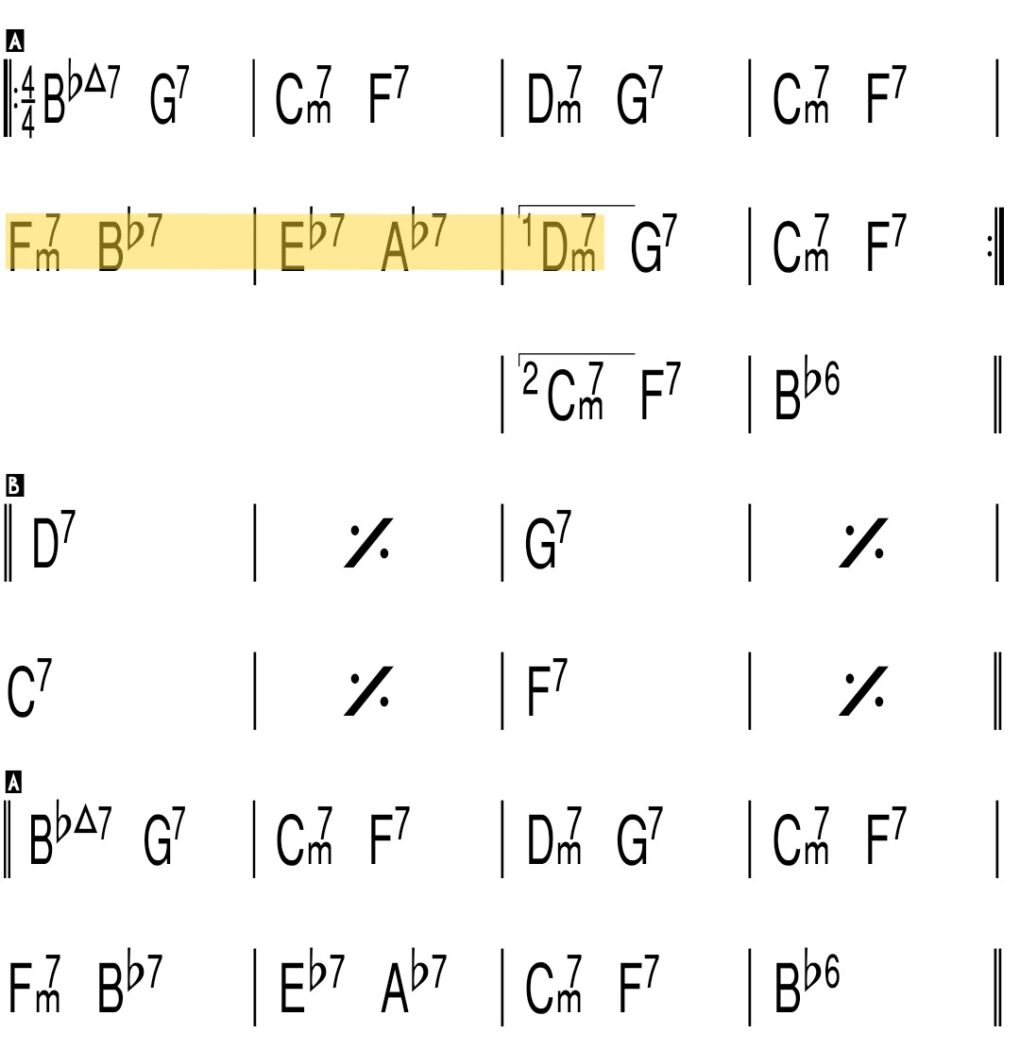
2. Technique Demonstration I demonstrated a method to confront these weak spots using a particular phrase. The key here is adaptability; you can mold it to align with your personal style, ensuring it doesn’t feel too much like a pattern.
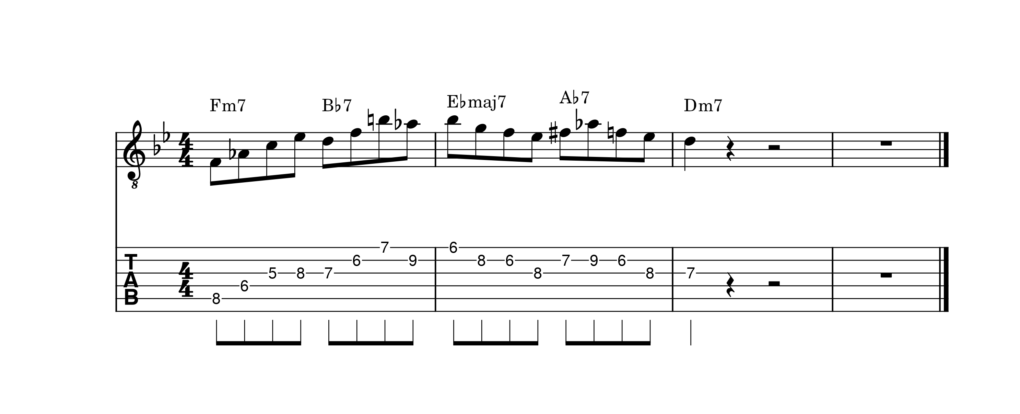
3. Transposition Exercise The crux lies in transposing this chosen phrase across different keys and progressions. By applying it to various contexts (e.g., B flat, C major), you gain a comprehensive understanding of its application.
4. Targeted Practice Deliberate practice is essential. I emphasized the necessity of practicing this phrase specifically within the weak segment of the rhythm changes, across all 12 keys. This repetition fosters familiarity and comfort in that challenging section.
5. Sensory Connection in Practice Playing an instrument engages multiple senses—touch, vision, and hearing. The transposition exercise effectively connects these senses, teaching your body to intuitively respond during performance, creating a more holistic musical experience.
Addressing weaknesses in musical performances isn’t confined to Jazz alone. This approach can transcend genres, benefiting musicians across various styles.
Remember, honing your craft isn’t solely about technical mastery but also about understanding your instrument and allowing your body to respond naturally. By incorporating transposition exercises and targeted practice, you create a robust foundation for confident and expressive performances.
If you resonate with these strategies, consider sharing this post with fellow musicians. Let’s build a community where growth and improvement are celebrated.
Improving your guitar skills might seem like a complex puzzle, but what if there was one practice that could seriously elevate your playing consistently? Enter the world of self-recording and critique.
Think about this: if you could choose just one exercise to consistently boost your guitar playing, what would it be? For many seasoned musicians, the answer lies in a simple yet profound habit: recording oneself and undergoing a critical self-assessment.
This concept isn’t new. It’s a shared practice among accomplished guitarists, including those who may not be well-versed in theory or classical training. The key? Regularly recording your sessions and actively critiquing them.
Renowned musicians like Wayne Krantz and Rick Beato have openly endorsed this method, emphasizing its transformative impact on their own musical journeys. They advocate for a constructive approach to criticism, focusing on identifying areas for improvement rather than dwelling on mistakes.
Structured recording sessions form the backbone of this practice. It involves recording your playing regularly, then taking a break from those recordings for a few days. This temporary distance allows you to approach the critique phase with fresh ears and a clearer perspective.
The process is simple yet effective:
Record your playing sessions, focusing on a specific aspect each time (e.g., accuracy, dynamics, phrasing).
Forget about the recordings for a while.
When you return to listen, critique your performance objectively. Identify areas where you excelled and pinpoint aspects that need work.
Maintain a positive attitude during critique sessions, aiming to be constructive in your self-assessment.
This method isn’t about theory or specific technicalities; it’s about monitoring and honing the elements you want to improve, be it timing, expression, or precision.
Remember, consistency is key. Whether you dedicate five minutes or an hour to this practice, the regularity of recording and critiquing will gradually shape your playing style.
So, grab your recording device, set your guitar in hand, and embark on this journey of self-improvement. Start small, focus on one aspect at a time, and watch as your guitar skills soar to new heights.
And as you delve into this routine, don’t forget to embrace the process and enjoy the progress. Your dedication to refining your craft will undoubtedly yield remarkable results.
Guitarists often find themselves confined within the boundaries of visual shapes and familiar patterns. These structures, like John Mayer’s concept of the equator and the five pentatonic shapes, serve as a solid foundation for beginners. Yet, at some point, many musicians yearn to break free from these constraints and explore the entire fretboard with their own unique voice.
Mayer’s notion of the equator, where the index finger frets the notes, is a starting point for transcending these traditional shapes. By shifting this shape three frets down, you move from the familiar minor pentatonic to the major pentatonic scale. It’s a simple shift that visually intertwines two fundamental shapes, offering a fresh canvas for improvisation.

The challenge arises when guitarists seek to move beyond these visual references and connect their ears directly to their fingers. It’s not about discarding these shapes; rather, it’s about adding depth to one’s musical repertoire. This quest for musical expansion births a simple yet effective exercise: starting phrases from different fingers.
Imagine playing the same musical phrase but beginning it with your index finger, then your middle, followed by your ring finger, and finally, your little finger. This exercise extends beyond playing scales; it’s about weaving phrases across the fretboard, breaking away from the habitual fingerings and visually mapped patterns.
The essence lies in nurturing a connection between your ears and the fretboard. Music stems from the soul and the ears, not just from what’s visually seen on the fretboard. It’s about training the mind and fingers to work harmoniously, irrespective of the predetermined shapes.
For instance, take a simple R&B phrase and start it from different fingers. Notice how each starting point takes you to a different area of the fretboard, unleashing a range of musical possibilities. It’s this exploration that liberates guitarists from the shackles of visual dependency.
Adopting this practice might initially seem daunting, especially with wider gaps in pentatonic scales. However, persisting with phrases rather than scales eases the transition. Start with familiar phrases and gradually explore how each can be played from different starting fingers.
This exercise doesn’t discard what you’ve learned; instead, it enriches your musical vocabulary. Some phrases may not seamlessly fit this method, but you’ll be astonished at how many effortlessly adapt. Over time, this approach reshapes your understanding, breaking habitual patterns and propelling your creativity to new heights.
In a world where the guitar’s fretboard can become a maze of shapes, this exercise serves as a beacon, guiding you towards a deeper connection between your musical instincts and your instrument.
Are you an aspiring jazz guitarist looking to embark on a musical journey into the captivating world of jazz? Whether you’re transitioning from other genres or starting from scratch, mastering jazz guitar involves embracing its unique language and techniques. Here are five essential tips to help beginners navigate this thrilling musical terrain.